COV-VM4SSB-100μg / 询价
COV-VM4SSB-500μg / 询价
COV-VM4SSB-500μgx2 / 询价
- 关联产品
- 客服电话
- 技术支持
Biotinylated SARS-COV-2 Spike S Trimer Protein
Recombinant Biotinylated SARS-COV-2 Spike S Trimer Protein is expressed from HEK293 with His tag and Avi tag at the C-Terminus.It contains Val16-Glu1188 trimer design [Accession | QHD43416.1].
The protein has a predicted MW of 136.6 kDa. Due to glycosylation, the protein migrates to 140-170 kDa based on Bis-Tris PAGE result.
> 95% as determined by Bis-Tris PAGE
Less than 1 EU per μg by the LAL method.
Lyophilized from 0.22μm filtered solution in PBS (pH 7.4). Normally 8% trehalose is added as protectant before lyophilization.
Dissolve the lyophilized protein in distilled water. Please refer to the Certificate of Analysis for detailed instructions.
-20 to -80°C for 12 months as supplied from date of receipt.
-80°C for 3 months after reconstitution.
Recommend to aliquot the protein into smaller quantities for optimal storage. Please minimize freeze-thaw cycles.
The spike protein (S) of coronavirus (CoV) attaches the virus to its cellular receptor, angiotensin-converting enzyme 2 (ACE2). A defined receptor-binding domain (RBD) on S mediates this interaction.The S protein plays key parts in the induction of neutralizing-antibody and T-cell responses, as well as protective immunity.
S protein; Spike glycoprotein; S glycoprotein; COVID-19
(1)Parsons, Lisa, Bouwman, Kim M, Azurmendi, Hugo F. Glycosylation of the viral attachment protein of avian coronavirus is essential for host cell and receptor binding[J]. Journal of Biological Chemistry.








